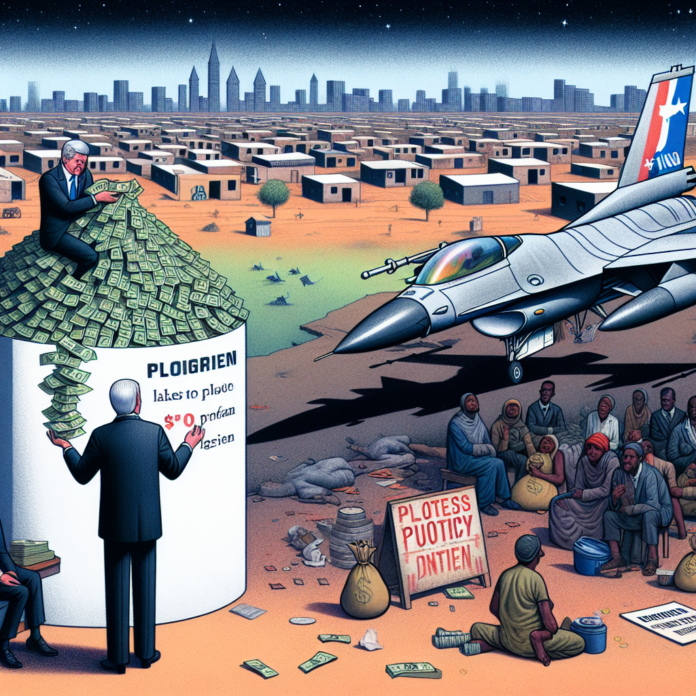Trump’s $400 Million Support for Pakistan’s F-16 and Its Implications for National Debt
Trump Allocates Nearly $400 Million to Pakistan’s F-16 Fleet: Implications for the Debt-Ridden Nation
In a significant move, former President Donald Trump announced an allocation of nearly $400 million for the enhancement of Pakistan’s F-16 fighter jets. This decision comes at a time when Pakistan is grappling with a severe economic crisis, raising questions about the implications of such military spending on the nation’s finances.
Understanding the Allocation
The funds are earmarked for upgrading Pakistan’s existing fleet of F-16 aircraft, which are crucial for the country’s defense capabilities. This financial boost can be seen as a strategic partnership aimed at strengthening military ties between the United States and Pakistan. The F-16s play a vital role in Pakistan’s air force, providing air superiority and strike capabilities in various operational scenarios.
Economic Context
Pakistan’s economy is currently facing immense challenges, characterized by rising inflation, a depreciating currency, and mounting debt. The nation has been seeking assistance from international financial institutions, including the International Monetary Fund (IMF), to stabilize its economy. In this context, the allocation for military upgrades raises concerns about prioritizing defense spending over urgent social and economic needs.
Strategic Implications
This funding could have broader geopolitical implications as well. By investing in Pakistan’s military capabilities, the U.S. aims to maintain its influence in South Asia, especially in light of rising tensions in the region. It is also a move to counterbalance the growing military ties between Pakistan and China, particularly in the wake of the China-Pakistan Economic Corridor (CPEC) initiative.
Potential Criticism and Concerns
Critics argue that such a significant investment in military assets could divert resources away from critical areas like education, healthcare, and infrastructure development. Given Pakistan’s current economic state, prioritizing military expenditures over social welfare could exacerbate existing issues such as poverty and access to basic services.
Moreover, there are concerns about the long-term sustainability of Pakistan’s debt levels. With external debts reaching alarming heights, the government must navigate the delicate balance between maintaining military readiness and addressing the pressing economic needs of its citizens.
Future Considerations
As Pakistan continues to negotiate its economic future, the implications of this funding will likely be debated among policymakers, economists, and military strategists. The government must consider not only the immediate benefits of a strengthened air force but also the long-term impact on its financial health and the welfare of its population.
In conclusion, while the nearly $400 million allocation for Pakistan’s F-16 fleet signifies a commitment to defense collaboration with the U.S., it also poses critical questions about the prioritization of military spending in a nation struggling with significant economic challenges. The coming months will be crucial as Pakistan navigates these complex dynamics.

